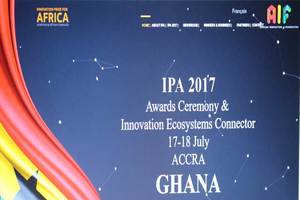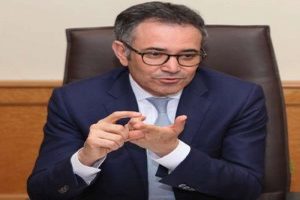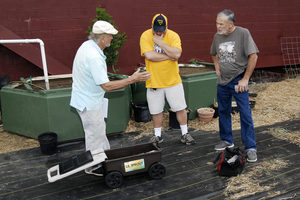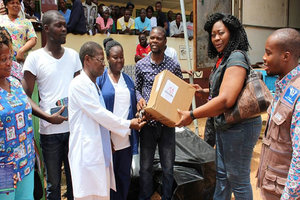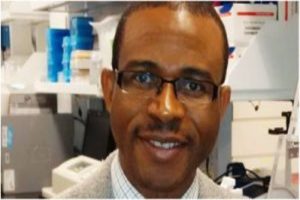With effect from June 1 2017, the Medicines and Related Substances Amendment Act, No 72 of 2008, came into force by proclamation by the President of the Republic of South Africa.
The coming into force of the Amendment Act is significant insofar as it shifts and fundamentally changes the medicines regulatory regime in South Africa, and alters the Medicines and Related Substances Act, No 101 of 1965, as amended (the Medicines Act).
The Amendment Act of 2008 must be read together with a further Amendment Act, being the Medicines and Related Substances Amendment Act, No 14 of 2015. Both Amendment Acts come into force simultaneously and give effect to numerous amendments to the Me-dicines Act.
In addition to amendments to the Medicines Act, the amendments attempt to reconcile an arguably uncomfortable relationship between the Medicines Act, prior to its amendment, and the contents of various general regulations promulgated under the Medicines Act, which deal with such matters as complementary medicines and the registration and licensing of medical devices.
The most fundamental change brought about by the Amendment Acts is the change in the regulatory authority in charge of the regulatory oversight over medicines, medical devices, complementary medicines, foodstuffs, cosmetics, in vitro diagnostic medical devices and related substances, from the Medicines Control Council to the South African Health Products Regulatory Authority, or SAHPRA.
SAHPRA is an organ of state, but is outside of the public service. In terms of the now-amended Medicines Act, SAHPRA is a juristic person and subject to the provisions of the Public Finance Management Act, No 1 of 1999, but reports to the Minister of Health. The Registrar of Medicines now becomes the Chief Executive Officer of SAHPRA.
Powers vested in SAHPRA include those to register products as one or more of a medicine, medical device, complementary medicine, foodstuff, cosmetic or in vitro diagnostic medical device. To this end, amendments have been effected to section 14 of the Medicines Act, which require that only registered products are allowed to be sold in South Africa.
Accordingly, the manner in which the reimbursement for the costs of such products takes place will be affected in terms of, for example, the Medical Schemes Act, No 131 of 1998, as amended, insofar as medical schemes may only reimburse the costs of registered products.
In respect of products currently available in the South African marketplace but are not registered, the provisions of amended section 14(3) allow for such products to continue to be sold in the South African marketplace, but application for the registration of such products must be made within six months of the date of declaration published by SAHPRA requiring registration.
In terms of Amendment Act No 14 of 2015, certain fundamental definitions change in respect of both how one identifies a particular substance as a medicine or medical device, respectively. Therefore, the amended definitions become important in order to determine what substances must be registered in terms of the Medicines Act and are subject to the regulatory restrictions now imposed by the Medicines Act, as amended.
The definition of “medicine” has been amended to read as follows:
“(a) Means any substance or mixture of substances used or purporting to be suitable for use or manufactured or sold for use in –
i. The diagnosis, treatment, mitigation, modification or prevention of disease, abnormal physical or mental state or the symptoms thereof in humans; or
ii. Restoring, correcting or modifying any somatic or psychic or organic function in humans; and
(b) Includes any veterinary medicine.”
The term “medical device” has been modified and lengthened, and now provides as follows:
“Means any instrument, apparatus, implement, machine, appliance, implant, reagent for in vitro use, software, material or other similar or related article, including Group III and IV Hazardous Substances contemplated in the Hazardous Substances Act, 1973 (Act No 15 of 1973)
(a) Intended by the manufacturer to be used, alone or in combination, for humans or animals, for one more of the following –
i. Diagnosis, prevention, monitoring, treatment or alleviation of disease;
ii. Diagnosis, monitoring, treatment, alleviation of or compensation for an injury;
iii. Investigation, replacement, modification or support of the anatomy or of a physiological process;
iv. Supporting or sustaining life;
v. Control of conception;
vi. Disinfection of medical devices; or
vii. Providing information for medical or diagnostic purposes by means of in vitro examination of specimens derived from the human body; and
(b) Which does not achieve its primary intended action by pharmacological, immunological or metabolic means, in human or animal body, but which may be assisted in its intended function by such means.”
Another important impact of the Amendment Acts on the supply of medicines and medical devices is the coming into effect of amended section 18A of the Medicines Act. Amended section 18A prohibits the supply, which arguably includes the sale, of medicines, medical devices or in vitro diagnostic medical devices in terms of a bonus system, rebate system or any other incentive scheme.
Although there are transitional provisions applicable to the regis-tration of medical devices currently available in the South African marketplace, no such transitional process or provision has been made for the application of section 18A. However, arguably, section 18A applies only to registered medicines and medical devices, as the case may be.
Notwithstanding the arguments available to suppliers of medical devices, where such medical devices are available for sale in South Africa but not yet registered, a cautious approach should be taken to the manner in which such medical devices are supplied with reference to the particular regulatory regime now applicable to such objects under the amended Medicines Act.
Under Amendment Act No 14 of 2015, the various functions of
SAHPRA are set out in section 2B. SAHPRA is empowered to deal comprehensively with the medicines and medical devices market-place in South Africa. SAHPRA is charged with the process of registering such products for sale in the healthcare market in South Africa.
In addition to the functions of evaluating applications for registration, SAHPRA is empowered to liaise with other medicines and medical device regulatory authorities or institutions in order to obtain information and exchange information with such institutions in respect of “matters of common interest” or “a specific investigation”, and enter into agreements with such institutions in order to further the objects of the amended Medicines Act.
One of the more novel functions awarded to SAHPRA, in terms of section 2B(1)(c), is to “ensure the periodic re-evaluation or re-assessment and monitoring of medicines, medical devices and IVDs”. Therefore, simply because one achieves registration of a medical device
or medicine does not mean that
the registration is inviolable, and
SAHPRA reserves the right to re-evaluate the registration of that medicine or medical device should, presumably, particular circumstances arise.
One further consumer-driven aspect of the Medicines Act, as amended, is the introduction of the term “vigilance”, which is arguably closely related to the provision of the Consumer Protection Act, No 68 of 2008. The term “vigilance” is defined in the Medicines Act as, in relation to a medicine, medical device or IVD, “the continuous monitoring and evaluation of its safety, efficacy and performance profile and the management of any risk throughout its life-cycle”.
The Amendment Acts introduce vast and far reaching amendments to the Medicines Act, and change, as stated, fundamentally the regulatory regime applicable to such items as medical devices, complementary medicines and health supplements. Whether or not the amendments promise a more effective regulatory regime remains to be seen.
Manufacturers, importers, distributors and retailers are advised to familiarise themselves with the regulatory regime under the am-ended Medicines Act in order properly to understand their rights and obligations, both to SAHPRA and
to stakeholders, including consumers, in the South African healthcare sector.



